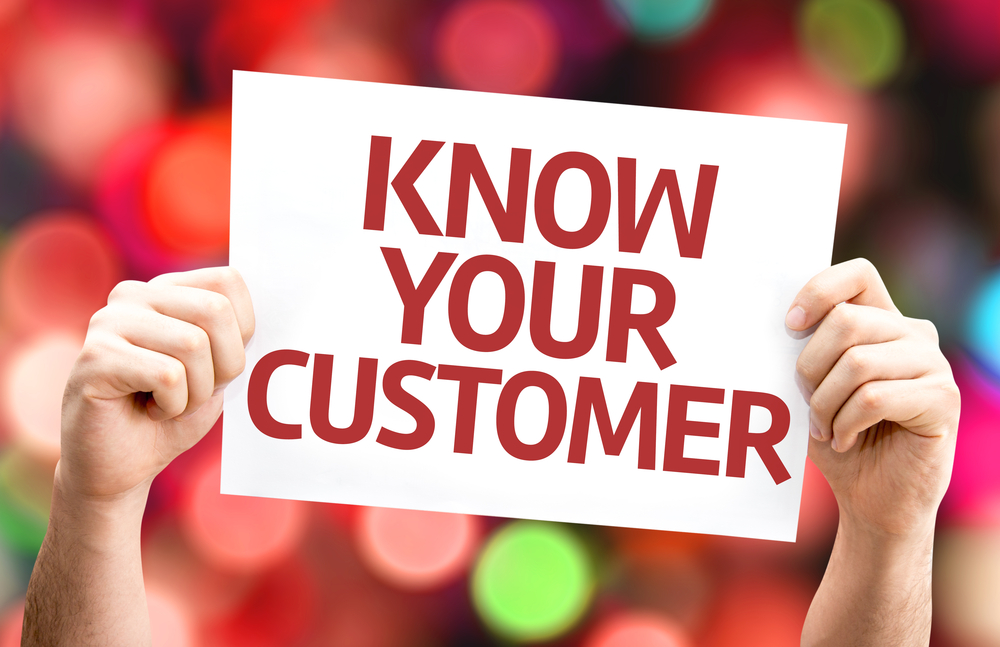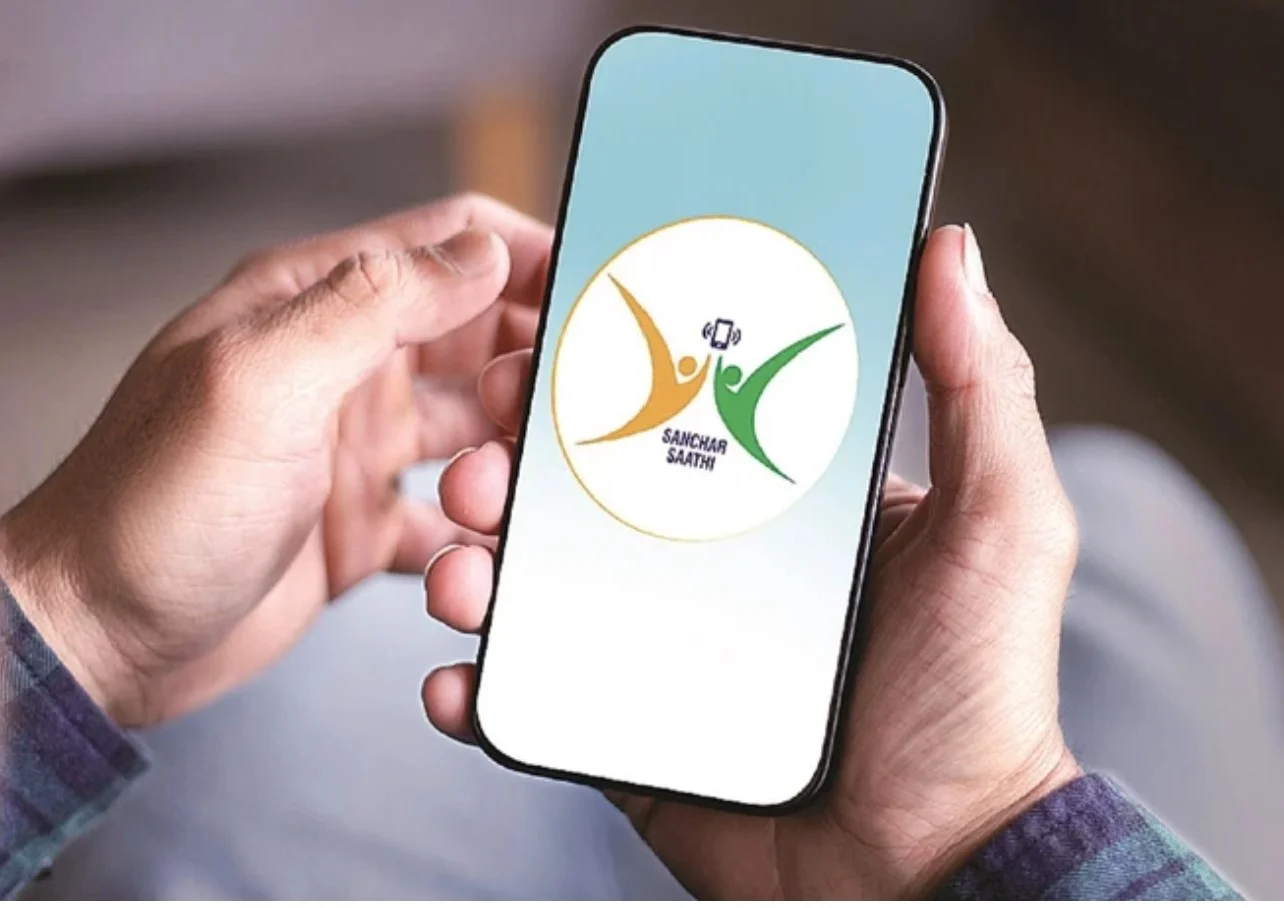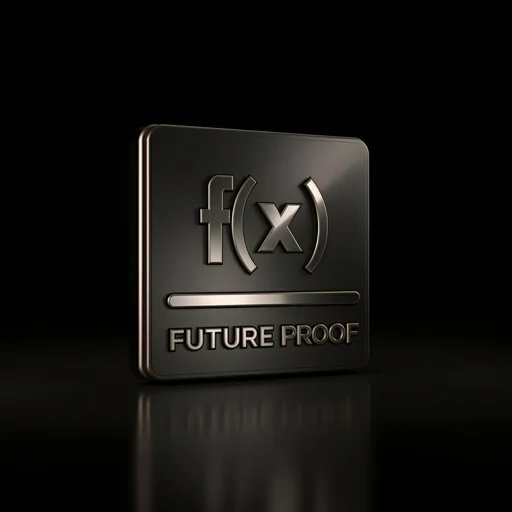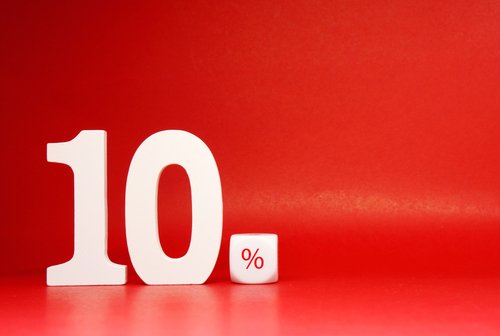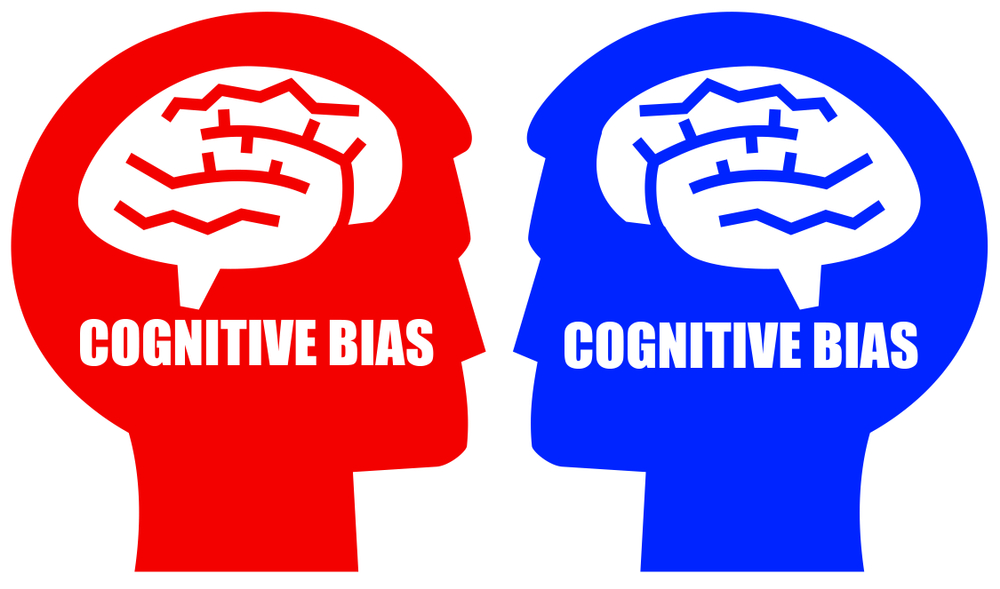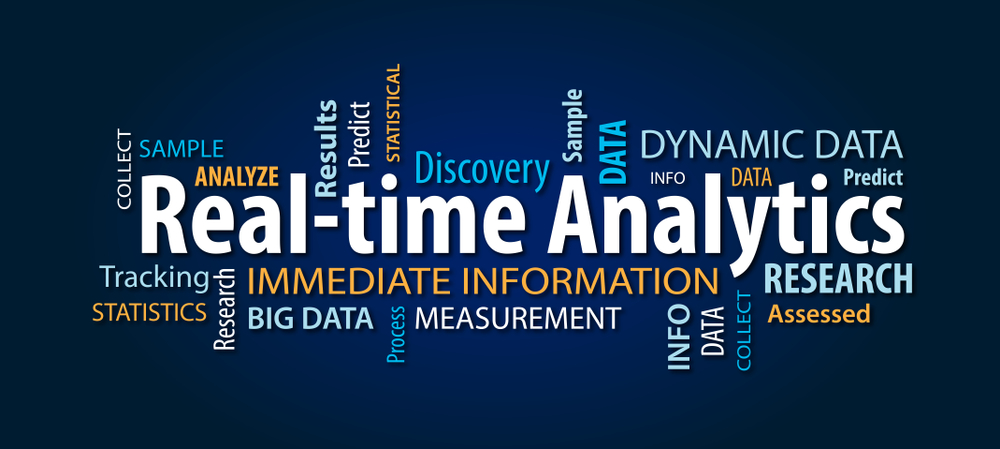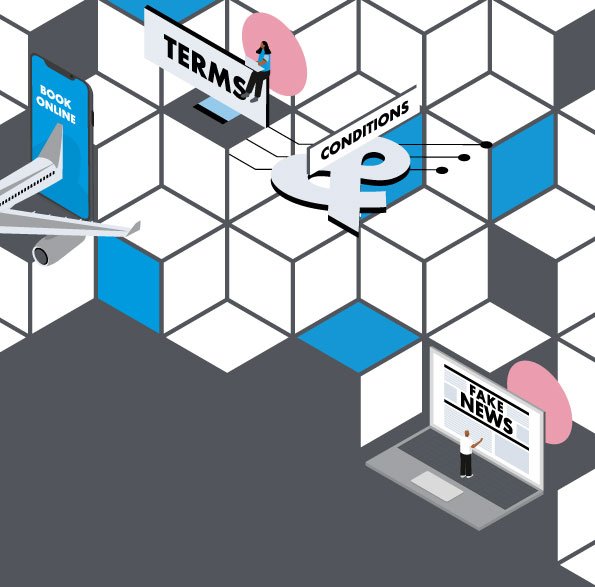I have been a Behavioral Economics enthusiast for a few years now. I have watched with great curiosity and anticipation the growing interest in Behavioral Economics both at the policy level by governments across the world and the faster adaption undertaken by corporates and marketing folks across the world.
The Intersection of Behavioral Economics and Data-Driven Marketing: A Game-Changer for Marketers
The most interesting part for me is the rise of Behavioral Economics and its ability to significantly contribute to marketing efforts in the times of Martech, Adtech and Data-driven marketing. In my entire career, I have always been a proponent of a combination of left-brain and right-brain thinking while devising marketing strategies but unfortunately, very few marketing leaders have had this moment of epiphany. Well, now, it has become the norm. Behavioural Economics operates at the intersection of Psychology and Economics and Data-driven marketing operates at the intersection of Data. Technology and Analytics. The future success lies in the marketer’s ability to stitch this story together.
The primary job of marketing is to influence consumer decisions by:
- Getting them to buy your brand
- Getting them to buy your brand more often
- Getting them to pay a premium for your brand
How can the science of behavior change be used to nudge consumer choices to the brand’s advantage using behavioral economics?
We live in a world where we have to make hundreds of decisions every day. Think about the choices one must make throughout the day – how many are really made through rational choices and how many are made through instinct?
Economists assume that people make rational decisions. Marketers know that people make irrational decisions, data be damned. (That’s why most creative people have detested the abuse of research because they intuitively connect with the irrational side of the consumers brain and come up with much more compelling brand stories.)
Herbert Simon, a Nobel prize winning economist coined the term ‘Bounded rationality’, he suggests that there are three factors that limit rational decisions:
- The complexity of the problem
- Limitations of the mind making the decision
- The time available
If you reflect on this and layer it with your own experiences, you cannot but agree with the above assessment. It is indeed impossible to try every permutation – price, design, value, features and arrive at a decision. There is scarcity of time and of course, limited attention spans. So, what do most people do? They make decisions based on rules of thumb, anchored in their previous experiences, known as heuristics, and innate prejudices common to all people, known as cognitive biases.
How Behavioral Economics Can Help Your Brand Win Consumer Choices?
Behavioral Economics uses research from psychology and other areas to make sense of these cognitive biases. Once we understand them, it’s possible to use these cognitive biases to help people make better choices. This has huge implications for marketers. If one can harness the ways in which people make decisions, then one can give your brand a distinct advantage. Brain scanning experiments in the past have shown that people when given a choice between a brand they prefer and another brand, chose their preferred brand almost instantly, and with virtually no effort. The work of Daniel Kahneman, in his book Thinking Fast and Slow, shows that there are two distinct systems for thinking:
System 1: Fast, immediate, unconscious.
System 2: Slow, effortful, conscious.
While choosing a preferred brand over a competitor, there’s simply no contest. The choice is a System 1 choice and is made easily. In a Hypercity mall, this would mean the person puts the item in their shopping basket immediately and moves on. However to succeed, marketers need to tap into both the fast and unconscious mode of thinking in addition to the slower conscious mode of thinking, and this is where data driven techniques and cognitive biases can be used effectively to influence people in a more compelling way. So, my recommendation to marketers is – for the next promotion don’t always rely on a hefty discount. Numbers leave customers cold – attractive stories compel us to act.
The Power of Framing in Behavioral Economics: How the Right Message Wins Over Consumers
An integral part of Behavioral Economics is ‘Framing’. What it means is presenting information in a manner that gives a specific impression. An oft quoted example in this context is for paracetamol brand. The research found that regardless of the way ibuprofen tablets were consumed, and whether they were branded, or unbranded, different tablets were all absorbed into the body at exactly the same rate. This prompted the famous strapline “nothing works faster”, as nothing does actually work faster – all the tablets work at the same rate. But the manner in which it was communicated left the consumer with the impression that this paracetamol brand works the fastest!
Such behavioral insights and thought processes are now also intrinsic to data-driven marketing. One of the early examples of this is – A/B testing popularly known as Randomised Control Trials in Behavioral Economics. The Randomized control trial is a basic experiment where one group of people experiences the usual (control) condition and a second matched group of people experiences the new (intervention) condition.
How A/B Testing and Randomized Control Trials Are Shaping Data-Driven Marketing?
Randomized control trials are in fact the basis for A/B tests, which are used in both offline and online media. They can be carried out on a small scale and cheaply before deciding whether to roll out those changes more widely. The clear advantage is that the experiment already takes place in the right environment, so findings will be both relevant and applicable. Its use in digital campaigns is widespread as its effectiveness is measurable and actionable. New MarTech and AdTech developments hold out a huge promise in more contextual and real time targeting.
Combine this with the expert eye of a Behavioral Economist and Marketers are looking at a much more successful Brand strategy leading to high business growth. I will be watching this space keenly and will carry out a few such experiments with willing partners to see how this unfolds.


